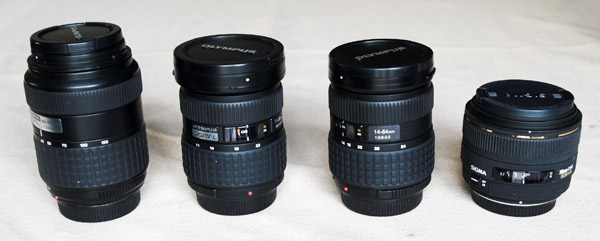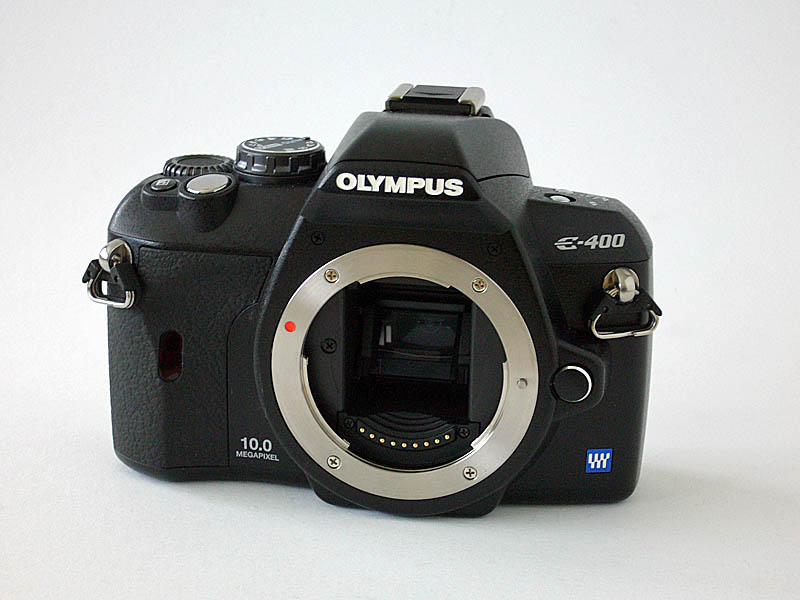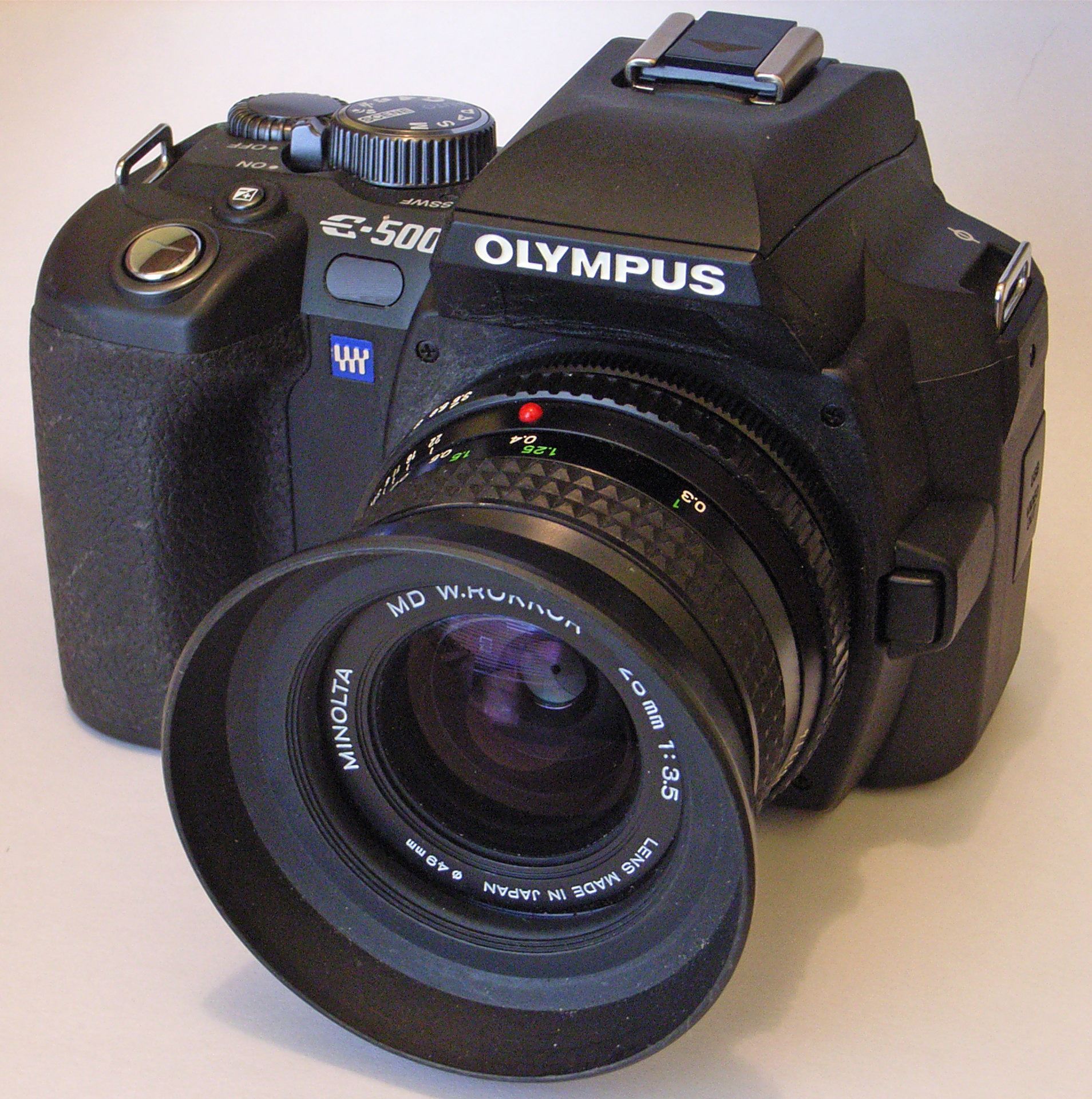Four thirds system (Photography)
Enlarge text Shrink text- Work cat.: 2009039422: Olympus E-P1, 2009:ECIP cptr. 1 (E-P1 camera is one in their Four thirds line; uses a larger sensor than current point and shoot cameras; originally used in their DSLR cameras, and now being used on this live view only camera)
- Wikipedia, viewed Oct. 13, 2009(Four thirds system; originally a standard set up by Olympus and Kodak for DSLRs; the sensor creates an image with an aspect ratio of 4 to 3; the sensor is slightly smaller than on most DSLRs; system designed from the ground up for digital; a similar camera standard is listed under Micro four thirds system)
The Four Thirds System is a standard created by Olympus and Eastman Kodak for digital single-lens reflex camera (DSLR) design and development. Four Thirds refers to both the size of the image sensor (4/3") as well as the aspect ratio (4:3). The Olympus E-1 was the first Four Thirds DSLR, announced and released in 2003. In 2008, Olympus and Panasonic began publicizing the Micro Four Thirds system, a mirrorless camera system which used the same sensor size; by eliminating the reflex mirror, the Micro Four Thirds cameras were significantly smaller than the Four Thirds cameras. The first Micro Four Thirds cameras were released in 2009 and the final Four Thirds cameras were released in 2010; by that time, approximately 15 Four Thirds camera models had been released by Olympus and Panasonic in total. The Four Thirds system was quietly discontinued in 2017, six years after the final cameras were released. The system provides a standard that permits interoperability of digital cameras and lenses made by different manufacturers. Proponents describe it as an open standard, but companies may use it only under a non-disclosure agreement. Unlike older single-lens reflex (SLR) systems, Four Thirds was designed from the start for digital cameras. Many lenses are extensively computerised, to the point that Olympus offers firmware updates for many of them. Lens design has been tailored to the requirements of digital sensors, most notably through telecentric designs. The image sensor format, between those of larger SLRs using "full-frame" and APS-C sensors, and smaller point-and-shoot compact digital cameras, yields intermediate levels of cost, performance, and convenience. The size of the sensor is smaller than most DSLRs and this implies that lenses, especially telephoto lenses, can be smaller. For example, a Four Thirds lens with a 300 mm focal length would cover about the same angle of view as a 600 mm focal length lens for the 35 mm film standard, and is correspondingly more compact. Thus, the Four Thirds System has crop factor (aka focal length multiplier) of about 2, and while this enables longer focal length for greater magnification, it does not necessarily aid the manufacture of wide angle lenses.
Read more on Wikipedia >
 Topic
Topic


















